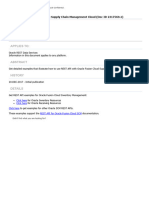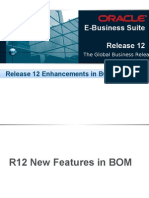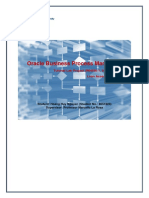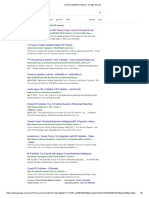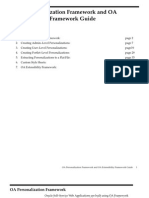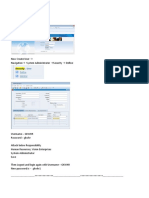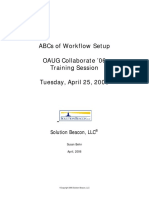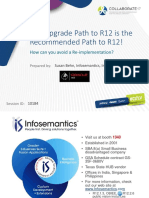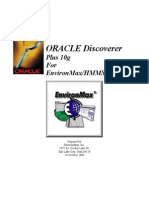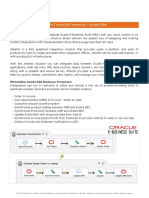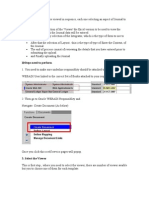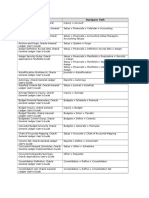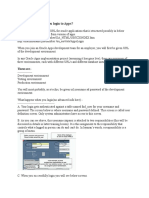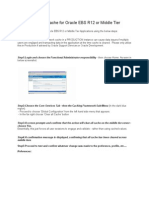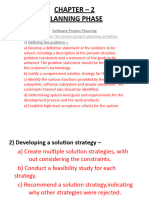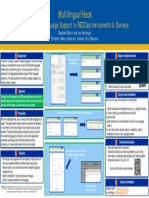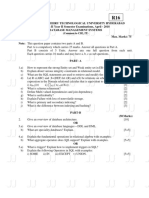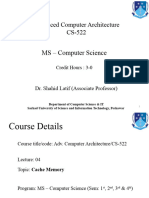0% found this document useful (0 votes)
419 views17 pagesACCELQ Training API Testing Day 5
The document discusses API testing automation including setting up test plans, combining API and UI validation, supporting REST and SOAP protocols, and providing a wizard for test logic development. It also covers API testing concepts like endpoints, methods, requests, responses, and chaining multiple API calls. Examples demonstrate parameterizing tests, extracting response values, and bringing together UI validation with API calls.
Uploaded by
Aparnna PandaCopyright
© © All Rights Reserved
We take content rights seriously. If you suspect this is your content, claim it here.
Available Formats
Download as PDF, TXT or read online on Scribd
0% found this document useful (0 votes)
419 views17 pagesACCELQ Training API Testing Day 5
The document discusses API testing automation including setting up test plans, combining API and UI validation, supporting REST and SOAP protocols, and providing a wizard for test logic development. It also covers API testing concepts like endpoints, methods, requests, responses, and chaining multiple API calls. Examples demonstrate parameterizing tests, extracting response values, and bringing together UI validation with API calls.
Uploaded by
Aparnna PandaCopyright
© © All Rights Reserved
We take content rights seriously. If you suspect this is your content, claim it here.
Available Formats
Download as PDF, TXT or read online on Scribd
/ 17





